No products in the cart.
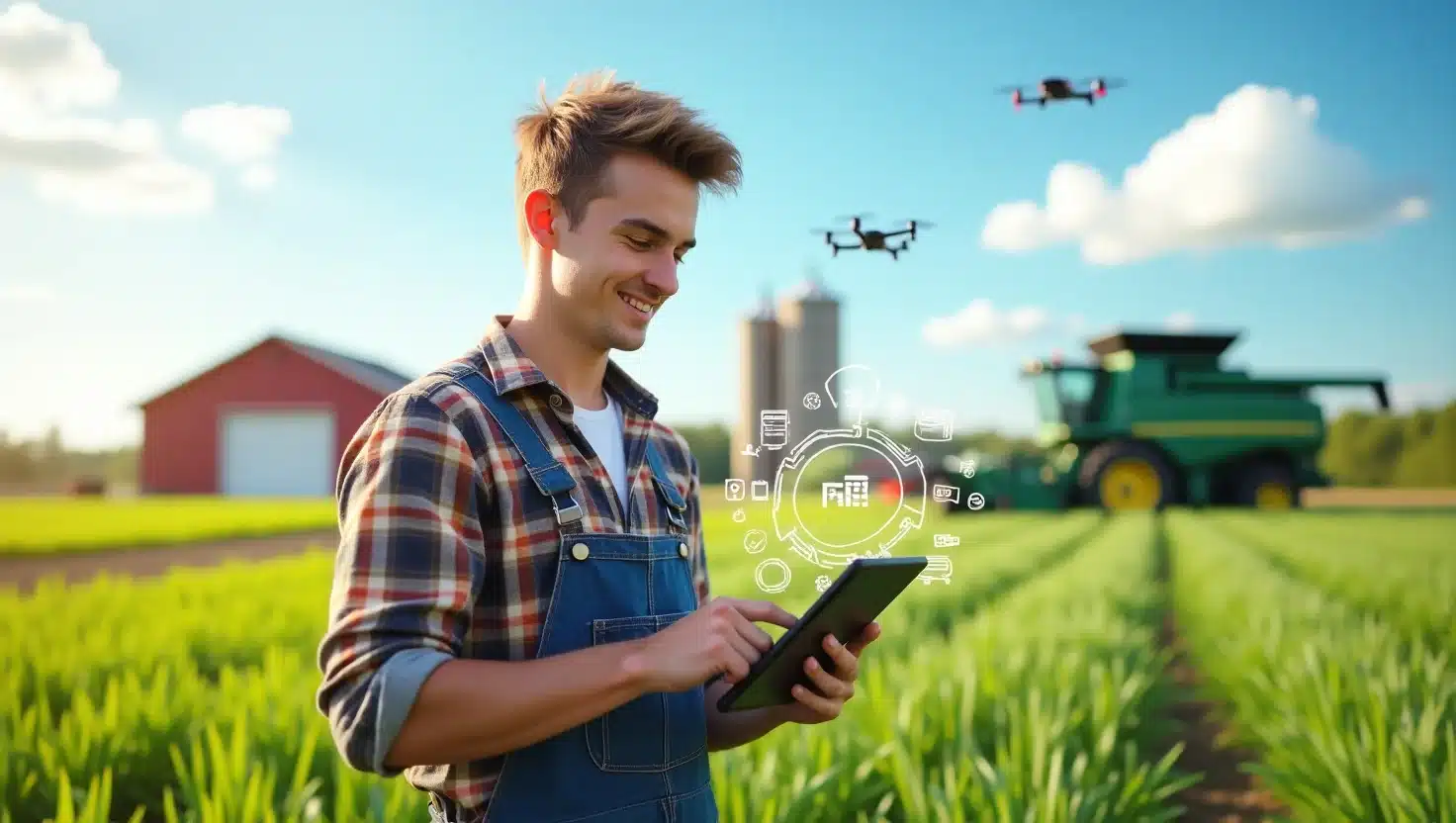
1. Introduction:
Farming in the United States is at a crossroads. With over 60% of farmland operated by individuals above the age of 55, the agricultural industry is searching for a new generation of leaders. Young farmers, eager to innovate but often burdened by high startup costs, climate instability, and a lack of access to modern resources, face an uphill battle to succeed. Amid these challenges, one powerful ally is emerging: artificial intelligence (AI).
While terms like precision agriculture, smart irrigation, or AI crop monitoring may sound futuristic, they are already transforming how farms operate, from predicting yields to managing pests and optimizing water use. For young farmers in particular, AI isn’t just about convenience, it’s a chance to level the playing field, cut operational costs, and make informed decisions from day one.
This article explores how AI helps young farmers , by increasing productivity, reducing waste, and unlocking long-term sustainability. With the right knowledge, support, and access to technology, America’s next generation of farmers can lead a more resilient and data-driven agricultural future.
2. Understanding AI in Agriculture
At its core, artificial intelligence (AI) refers to machines that can analyze data, learn from it, and make informed decisions, just like a human would, but often faster and more accurately. In the context of agriculture, AI is being applied in groundbreaking ways: from drones that scan crop health to sensors that track soil moisture and platforms that predict weather patterns or market prices.
For young farmers entering the field, understanding how AI works is the first step toward leveraging it. Machine learning algorithms can process satellite imagery to detect crop diseases before they spread. AI-driven robotics can automate time-consuming tasks like planting, weeding, or harvesting. This isn’t science fiction, it’s happening right now across U.S. farms.
AI systems not only increase farm efficiency but also reduce the guesswork that traditionally led to lower yields or waste. By making smarter decisions based on real-time data, young farmers can avoid costly errors and optimize resource usage. Learning to interpret these insights can be a game-changer, particularly for first-generation farmers or those managing small operations with limited staff.
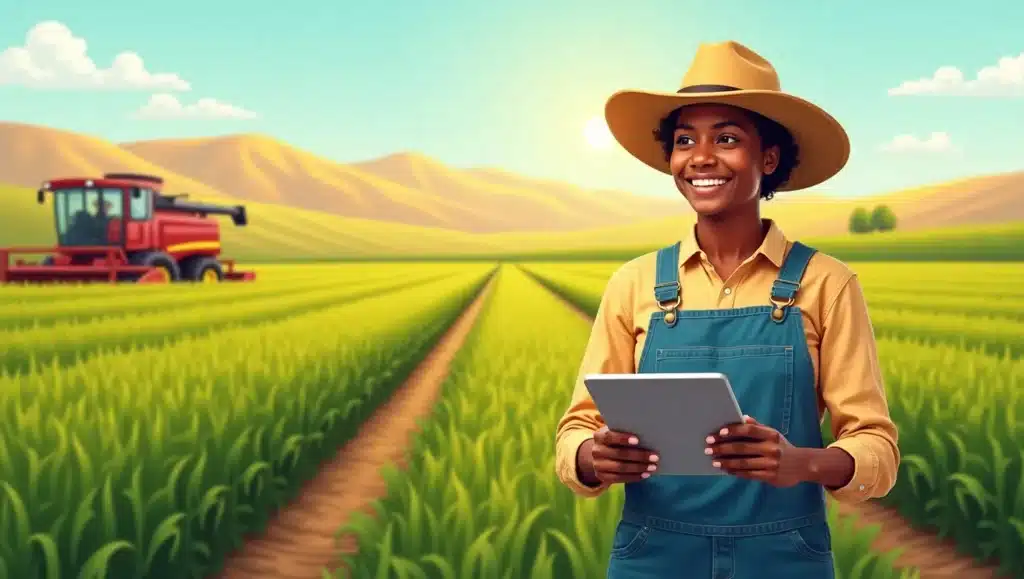
3. Challenges Faced by Young Farmers Today
Young farmers in the U.S. face a unique mix of opportunities and serious obstacles. Despite their passion and willingness to adopt new technologies, they often struggle with limited access to land, rising equipment costs, and the complexity of modern agricultural markets. For first-generation farmers, the lack of generational knowledge and financial support can be especially daunting.
Another major hurdle is unpredictability, from climate change and extreme weather to shifting commodity prices. These factors make long-term planning difficult, particularly when operating on slim margins. Even when sustainable practices are top-of-mind, implementing them can be costly and time-consuming without support.
Technology could be the answer, but it’s not always within reach. Many young farmers are aware of AI farming tools, but they may not know where to start or how to afford them. The learning curve can also be steep, especially without mentorship or proper training.
This is where a smarter, more inclusive approach is needed. By aligning funding, education, and tech access with the needs of young farmers, we can unlock the next generation of agricultural leaders, ready to embrace AI-powered solutions for lasting success.
4. How AI Directly Supports Young Farmers
AI isn’t just a buzzword, it’s becoming a powerful ally for young farmers who need to do more with less. One of the greatest advantages AI offers is data-driven decision-making. Through satellite imagery, soil sensors, and climate models, farmers can receive real-time insights about their crops, water needs, pest threats, and more, all from a smartphone or tablet.
For a young farmer just starting out, this means avoiding costly trial-and-error. For instance, AI-powered irrigation systems adjust water usage automatically based on weather forecasts and soil conditions. That’s not only efficient, it saves money and preserves resources. Similarly, AI crop monitoring tools can flag early signs of disease or stress, helping farmers take action before problems spread.
Moreover, AI is making precision farming accessible. From autonomous tractors to planting robots and harvest drones, these technologies reduce labor requirements and increase productivity. For those managing a small team, or working solo, this can make all the difference.
By embracing AI early, young farmers can turn what once were barriers into stepping stones. They gain more control over outcomes, improve yield quality, and future-proof their farms against rising costs and unpredictable conditions.

5. Real-World Examples of AI Empowering Young Farmers
Across the U.S., young farmers are already proving how AI can revolutionize agriculture, not just in theory, but in practice. Take Jake, a 27-year-old first-generation farmer in Nebraska. He uses an AI-powered crop monitoring system that analyzes drone footage and satellite data to track plant health. With it, he spotted a fungal infection early and saved 40% of his harvest that might have otherwise been lost.
In California, Maria, a second-generation farmer, integrated AI-driven irrigation sensors into her vineyard. These sensors optimize watering schedules based on weather and soil conditions. As a result, she cut water use by 30% and reduced her monthly utility bills significantly, a win for both sustainability and profitability.
Then there’s Leo in Texas, who farms soybeans using autonomous tractors guided by AI and GPS. He no longer relies on seasonal labor and has improved both planting accuracy and fuel efficiency. It’s a perfect example of how automation levels the playing field for smaller operations.
These success stories highlight a critical truth: AI isn’t just for big corporate farms. With the right tools and support, young and small-scale farmers can use technology to gain a competitive edge and build resilient agricultural futures.
6. Overcoming Barriers to AI Adoption for Young Farmers
Despite its potential, AI adoption among young farmers isn’t without challenges. High upfront costs, limited internet access in rural areas, and a lack of technical knowledge often stand in the way. For beginners, the idea of investing in unfamiliar technology can feel risky, especially when every dollar counts.
But these barriers aren’t impossible to overcome. Today, government programs and ag-tech startups are stepping up. Initiatives like the USDA’s Farm Service Agency loan programs and local extension services now provide financial assistance and technical training specifically for young and beginning farmers. Some companies even offer AI tools on a subscription basis, reducing the need for large upfront investments.
Education also plays a crucial role. Online courses, demo farms, and farmer tech bootcamps are helping bridge the digital divide. When AI tools are explained in simple terms and shown in action, adoption rates improve dramatically.
Community matters too. Young farmers thrive when they can share experiences, exchange tips, and learn from early adopters. By building peer networks and mentorship programs, we create a support system that makes AI feel more approachable and less intimidating.
With the right guidance and accessible options, AI can be a realistic path forward, not a distant dream.
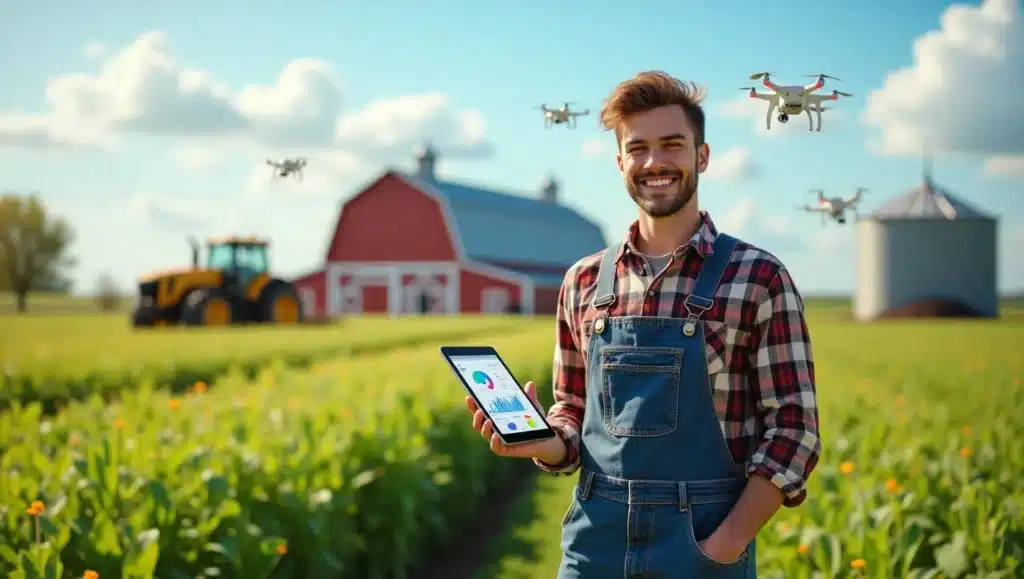
7. Conclusion & Call to Action
For young farmers in the U.S., the road ahead is filled with both promise and pressure. Rising costs, climate unpredictability, and labor shortages pose serious challenges, but AI offers a powerful ally in navigating them. From automating irrigation to diagnosing plant diseases, AI-driven tools empower a new generation of farmers to work smarter, not harder.
What sets successful young farmers apart today isn’t just grit, it’s their willingness to embrace technology early. With access to AI-powered insights, they can make data-informed decisions, boost productivity, and achieve sustainability goals that were once out of reach.
Still, taking the first step can feel overwhelming. That’s why support matters. Leverage local agricultural extension offices, apply for beginner-friendly tech grants, and don’t hesitate to ask questions in online farming communities. There are growing numbers of resources designed specifically for young farmers looking to integrate AI into everyday operations.
If you’re ready to future-proof your farm, now is the time to act. Explore beginner AI tools, connect with mentors, and start small, your journey toward smarter farming doesn’t have to be perfect, just proactive.
Take the leap into AI-driven agriculture, because the future of farming belongs to those who innovate early.
FAQs:
Q1. How can AI help young farmers succeed in agriculture?
AI provides data-driven insights, automates farm tasks, and improves decision-making, helping young farmers reduce costs, boost yields, and stay competitive.
Q2. What are the best AI tools for young farmers?
Top tools include AI-powered drones, precision irrigation systems, automated tractors, crop health monitoring apps, and weather prediction software tailored for small farms.
Q3. Is AI farming affordable for beginner or small-scale farmers?
Yes. Many AI tools are now available via subscription or low-cost packages. Grants and government support also help make AI more accessible to new farmers
Q4. What challenges do young farmers face when adopting AI?
Common barriers include high initial costs, limited digital literacy, unreliable internet in rural areas, and lack of hands-on training or local support.
Q5. Can AI help with climate challenges in farming?
Absolutely. AI models can predict weather shifts, suggest adaptive planting schedules, and optimize resource use, helping farmers combat droughts and changing climates.
Related Articles
Soil & Water Management
AI and Sustainable Farming: Can Technology Save the Planet?
1. Introduction: Can the very industry that feeds the world also be...
Soil & Water Management
AI for Seed Selection: Choosing the Right Crops for Maximum Yield
1. Introduction: Every successful harvest begins with one critical decision, choosing the...
Soil & Water Management
AI in Soil Health: How Smart Tech is Improving Crop Productivity
1. Introduction: Healthy soil is the foundation of a productive farm, but...
Soil & Water Management
Smart Irrigation Systems: How AI Is Revolutionizing Water Management in Agriculture
1. Introduction: Water is one of agriculture’s most vital yet limited resources....
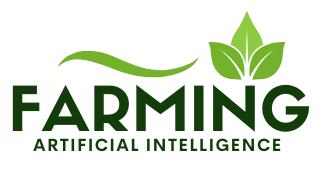


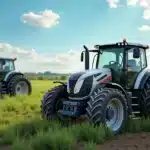

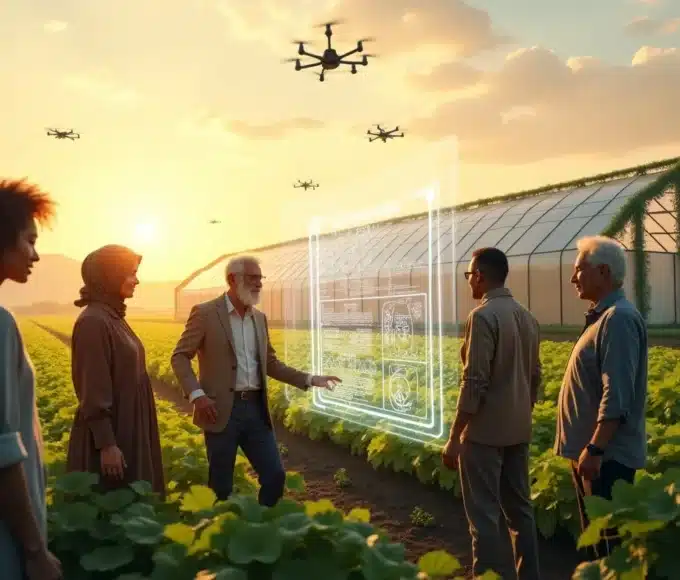
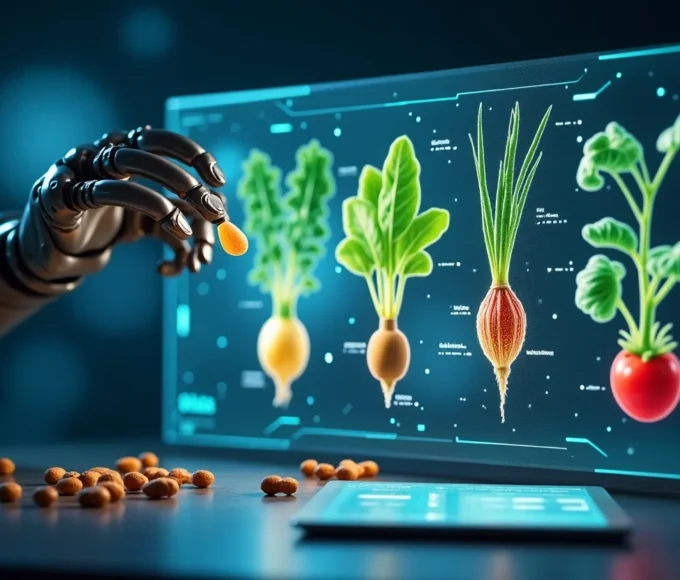
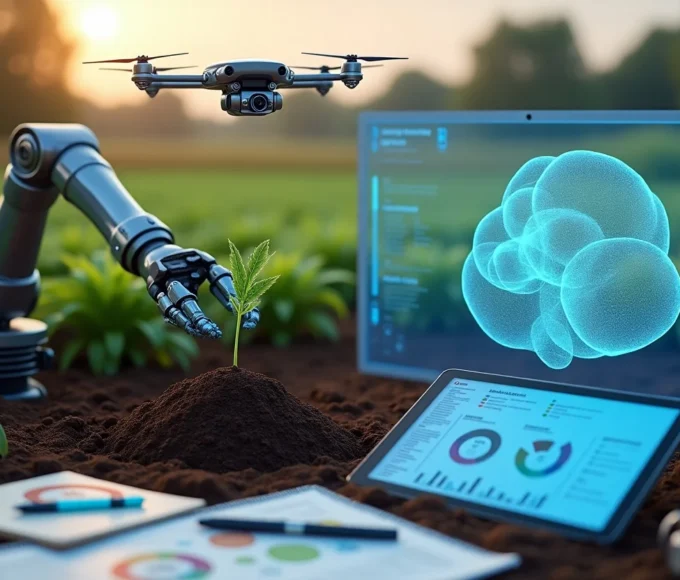
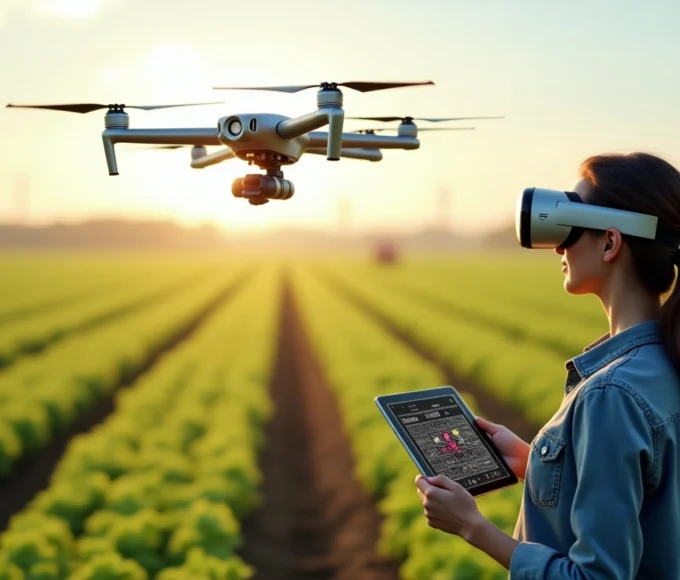
Leave a comment